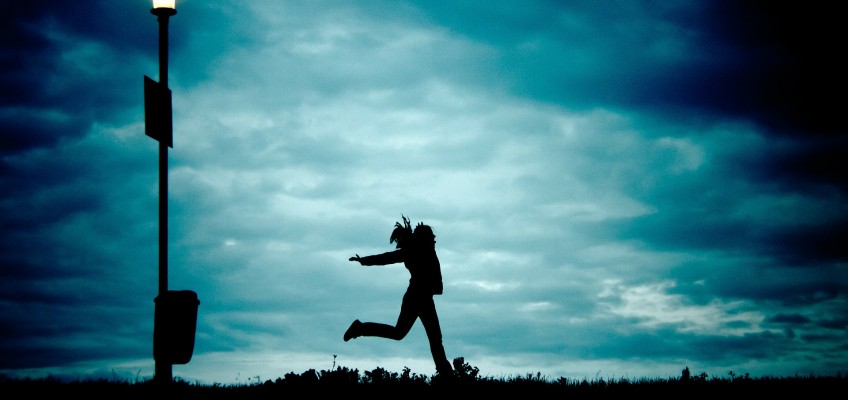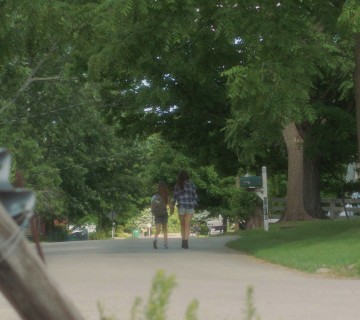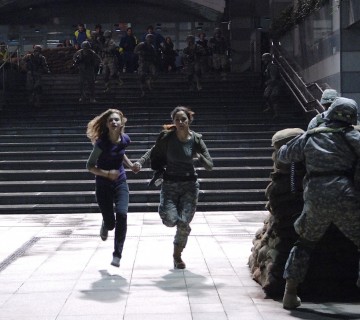Limiting yourself to shooting during optimal daylight hours isn’t necessarily a vehicle for creative filmmaking, nor is shooting Day-For-Night always the best option. Fact is, anything you’re setting out to shoot will eventually have you shooting in some form of low light. Here’s a 101 on how to approach low-light filming.
Lower your f-stop.
The f-stop is, by the most basic of definitions, a measurement for how much light is being let through your lens aperture. The lower the f-stop, the larger the opening, the more light reaching your sensor (or film). When you play around with the f-stop, you’ll notice that when you are shooting “wide open” – which is to say with the lowest f-stop possible – your focus will become very shallow. This means you can get a nice, blurry background or focus on very specific things in your frame, but it also means that if your subject is moving, it will be very hard to keep focus.
Set your shutter speed accordingly.
This one is a bit tricky. While a longer (slower) shutter speed allows more light to reach your sensor, it does not necessarily result in a clearer image. With a longer shutter speed your images are more likely to blur, especially if there’s any movement at all. As a rule of thumb, to prevent motion-blur when filming, set your shutter speed to double that of your shooting frame rate. So, if you’re shooting at 24fps, the ideal shutter speed will be 1/48 (or 1/50, if 1/48 is not an option). Only make adjustments if absolutely necessary.
Increase your ISO.
Assuming you are shooting on a digital camera, increasing the ISO is the easiest way to lighten up your image. You’ll see it instantly in your viewfinder and the changes can be dramatic. The higher the ISO, the brighter the image. But be careful. Higher ISO will increase the risk of getting a grainy image, potentially ruining the footage. On full-frame cameras you can generally increase the ISO to about 3200, while a crop-sensor camera will be more likely to give you grainy images at around 1600, so increase the ISO with care and be sure to adjust the f-stop and ISO together for the best settings and the clearest image. And though you shouldn’t rely on it too heavily, remember that tweaks can be made in post, by adjusting exposure or brightness.
Control your surroundings.
Since it’s much harder to get good, clear images in low-light situations, do what you can to make things easier for yourself. Stabilize your camera – or have less movement in your shots. Be closer to your subject, so it’s easier to keep focus with a low f-stop. Use a grab-n-go light source, if possible. And keep your camera in manual mode, so you – not your camera – decides which of the above parameters to prioritize in order to get you the best footage possible.





Join the Conversation →